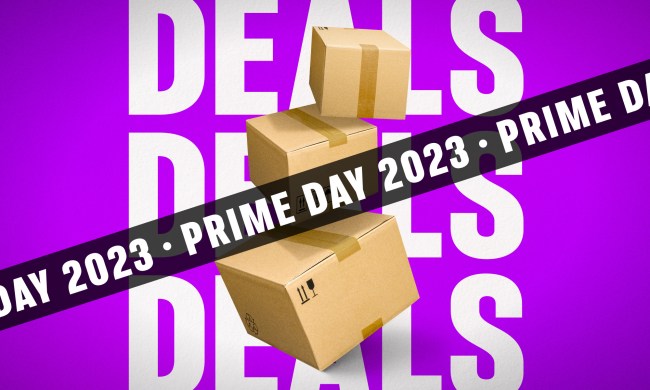Amazon announced in its quarterly earnings call today that the cost of Amazon Prime is going to increase for the first time since 2018. Starting February 18, 2022, for new sign-ups — and effective after March 25, 2022, for current members when their next renewal comes around — the monthly fee for the Prime will increase by $2 to $15. Yearly memberships will increase $20 to $139.
“Amazon also continues to invest heavily in Prime,” the company said in its earnings release. “In the last few years, Amazon has added more product selection available with fast, free, unlimited Prime shipping; more exclusive deals and discounts; and more high-quality digital entertainment, including TV, movies, music, and books.”

Amazon Prime is the subscription that covers all kinds of services from Amazon, including the illusion of faster shipping, a basic plan for Amazon Prime Music, loads of free original shows and movies on Amazon Prime Video (as well as other content from other providers), books, gaming and more.
While no one on the consumer side of things is going to be excited to see the price increase, Amazon notes that it’s tripled the amount of Amazon Originals on Prime Video in the past three years, same-day delivery nearly doubled to more than 90 metropolitan areas in the United States, and there’s been a more than 50 percent increase in the number of products available for free Prime shipping.
More on Amazon Prime
Amazon’s stock saw a double-digit increase in after-hours trading on Thursday on the news of the Amazon Prime price increase.
Amazon Prime was birthed in 2005 with a $79 annual fee as a way to get “free” two-day shipping and discounted one-day shipping. The price increased to $99 a year in March 2014. That price held until May 2018, when it increased to $119.



